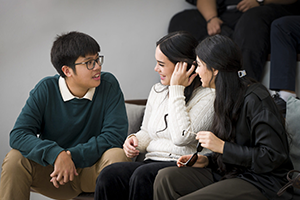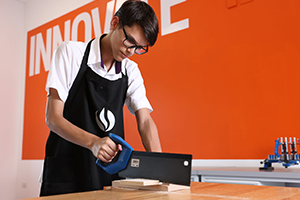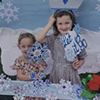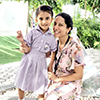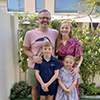
20 Years of Excellence
Unlocking Potential, Staying True to Our Values
Safa British School celebrates 20 years in Education in 2025. The commitment to unlocking the potential of every child throughout the years has kept Safa British School true to its core values.
- Rated 'Outstanding' by BSO
- Wellbeing & Inclusion rated 'Outstanding' by KHDA
- Curiosity Approach Early Years
- Child Led Learning
- Dedicated Sixth Form Area
- Extensive Curriculum Offering
- UK trained, highly qualified & experienced teachers
- Free ECAs
- Innovatively Designed Campus
- Relaxing Parent Cafe
School Timings
- Monday - Thursday
- Friday
| Year Group | Drop Off | Pick Up |
|---|---|---|
| FS1 | 07:15-08:20 | 13:35 |
| FS2 | 07:15-08:10 | 14:10 |
| Years 1 – 2 | 07:15-08:00 | 14:30 |
| Years 3 – 4 | 07:15-07:45 | 14:30 |
| Years 5 – 6 | 07:15-07:45 | 14:40 |
| Years 7 – 13 | 07:15-07:40 | 15:30 |
| Year Group | Drop Off | Pick Up |
|---|---|---|
| FS1 | 07:15-08:10 | 11:20 |
| FS2 | 07:15-08:00 | 11:20 |
| Years 1 – 3 | 07:00-07:40 | 11:40 |
| Years 4 – 6 | 07:00-07:40 | 12:00 |
| Years 7 – 13 | 07:00-07:40 | 12:00 |


